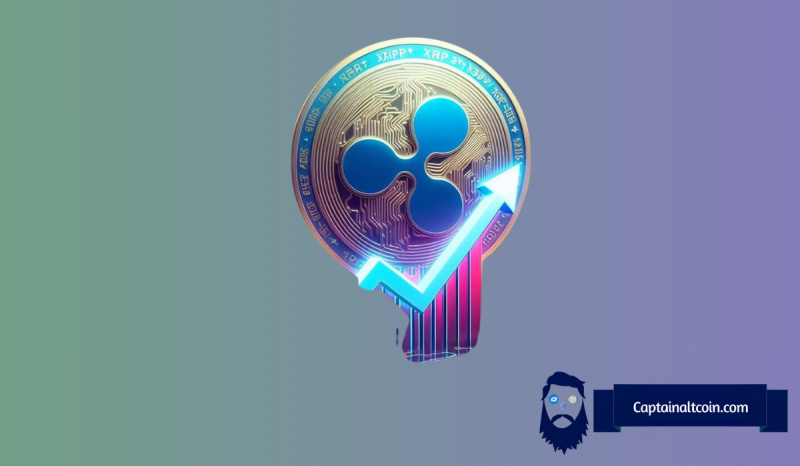 |
|
 |
|
 |
|
 |
|
 |
|
 |
|
 |
|
 |
|
 |
|
 |
|
 |
|
 |
|
 |
|
 |
|
 |
|
加密货币新闻
Bitcoin Halving: What It Is, Why It Matters, and When the Next One Will Happen
2025/01/02 16:20

Bitcoin halving is a periodic event that occurs every four years on the Bitcoin blockchain. It consists of halving the rewards given to Bitcoin miners, who are responsible for the mining of bitcoins. The halving is a highly anticipated event in the crypto universe, but what exactly does it entail? How important is it? And when will the next halving take place?
What is Bitcoin Halving?
The term “halving” is an English word that literally means halving. That’s exactly the definition of Bitcoin halving, which consists of reducing by half the rewards in BTC awarded to miners during the mining of each block. By reducing the amount of BTC created over time, it helps keep inflation under control.
The term “halving” is specifically designed for Bitcoin, but it can apply to other cryptocurrencies using Proof-of-Work (PoW). Indeed, other crypto-assets can be mined and thus serve as rewards for miners. But the system may not necessarily be the same as Bitcoin. Some cryptocurrencies, for example, plan a reduction of miner rewards by 10% per year.
Why a halving every four years?
Bitcoin halving occurs every 210,000 blocks. On average, a new block is created approximately every ten minutes, so the halving occurs about every 4 years. The phenomenon is therefore periodic and automatic, as the halving is coded in the crypto-asset’s source code. Rewards are automatically halved when the halving occurs.
Here’s a look at the halvings Bitcoin has experienced:
In reality, there is no known reason for choosing four years that might have been explained by Satoshi Nakamoto. While some believe it is simply an arbitrary decision by the creator, others argue it is a well-thought-out choice.
Indeed, the fact that the halving occurs every four years makes it a highly publicized event that creates speculative bubbles on Bitcoin regularly. It also allows miners to gradually adapt to changes and improvements regarding Bitcoin.
How does Bitcoin mining work?
The maximum number of bitcoins that will be in circulation is set at 21 million. As of January 26, 2023, there were 19.27 million BTC in circulation. But when mining new blocks, new BTC are created approximately every ten minutes. These created BTC are then distributed to miners in exchange for the work they have done to secure the blockchain.
Miners are none other than machines that solve complex calculations to validate transactions on the blockchain. Only blockchains using the Proof-of-Work mechanism allow mining. But is generating bitcoins profitable? Since it has a cost, it requires specific machines and a high consumption of electricity.
That’s why miners are paid in BTC. Additionally, there are free bitcoin mining sites that allow users to generate bitcoin for free, without having to invest in expensive specialized equipment.
When will the last bitcoin be mined?
It is estimated that the last Bitcoin will be mined around 2140. At that time, it will reach the maximum number of 21 million digital coins, but the exact date remains uncertain. In fact, the Bitcoin code was programmed to issue only 21 million BTC and not one more.
Contrary to what one might think, mining the last Bitcoin will not put an end to the network’s operation for miners. They will probably continue to receive compensation through the fees of transactions validated on the network.
When is the next mining reward division (Halving)?
It is estimated that the next division of the mining reward will probably occur between March and June 2024. The reward received by miners will then decrease from 6.25 bitcoins to 3.125 bitcoins.
Here is the summary of the number of BTC generated for each block, which corresponds to the halving:
What are the consequences of a halving?
The halving has consequences on the quantity and quality of Bitcoin.
Reduction of new BTC
The first consequence of the halving is quantitative. There will be half as many new BTC entering the market every ten minutes. In theory, this reduction triggers a ripple effect that can unfold as follows:
Hashrate Movement
The halving also has a qualitative consequence. Indeed, the phenomenon can affect the hashrate or hash rate. It is an indicator used to assess the computational power required by miners to validate transactions, in exchange for rewards in cryptocurrency. The higher the hashrate, the higher the security of the network.
Conversely, a decrease in the hashrate means a decrease in blockchain security. In this case, the resources needed to validate transactions are lower. This phenomenon thus attracts new miners who wish to take advantage of these more accessible rewards.
Subsequently, the arrival of new miners will, in turn, lead to an increase in the hashrate. An adjustment period is thus needed to find a balance between the price of cryptocurrency and the cost of electricity required to validate transactions
免责声明:info@kdj.com
所提供的信息并非交易建议。根据本文提供的信息进行的任何投资,kdj.com不承担任何责任。加密货币具有高波动性,强烈建议您深入研究后,谨慎投资!
如您认为本网站上使用的内容侵犯了您的版权,请立即联系我们(info@kdj.com),我们将及时删除。
-

- 这就是XRP价格即将达到6美元的原因
- 2025-02-23 06:55:25
- XRP正在获得看涨的势头,分析师强调了几个因素,这些因素可能会将其价格提高到6美元。 SEC的承认是主要的催化剂
-

-

-

- 比特币是不稳定时代的最终价值存储
- 2025-02-23 06:55:25
- 正如最近在加利福尼亚和北卡罗来纳州的灾难非常清楚的那样,触摸资产的能力并不总是一个优势。
-

- DTX交流:为什么分析师在预售上大放异彩
- 2025-02-23 06:45:26
- DTX Exchange旨在提供一个实用且灵活的交易平台。 DTX Exchange可以实现超过120,000个资产的完美交易。
-

-

-

-

- Dawgz AI:加密预售您不会错过
- 2025-02-23 06:45:26
- Dawgz AI不仅仅是另一个加密货币预售。这是投资具有巨大潜力的机会。






















































